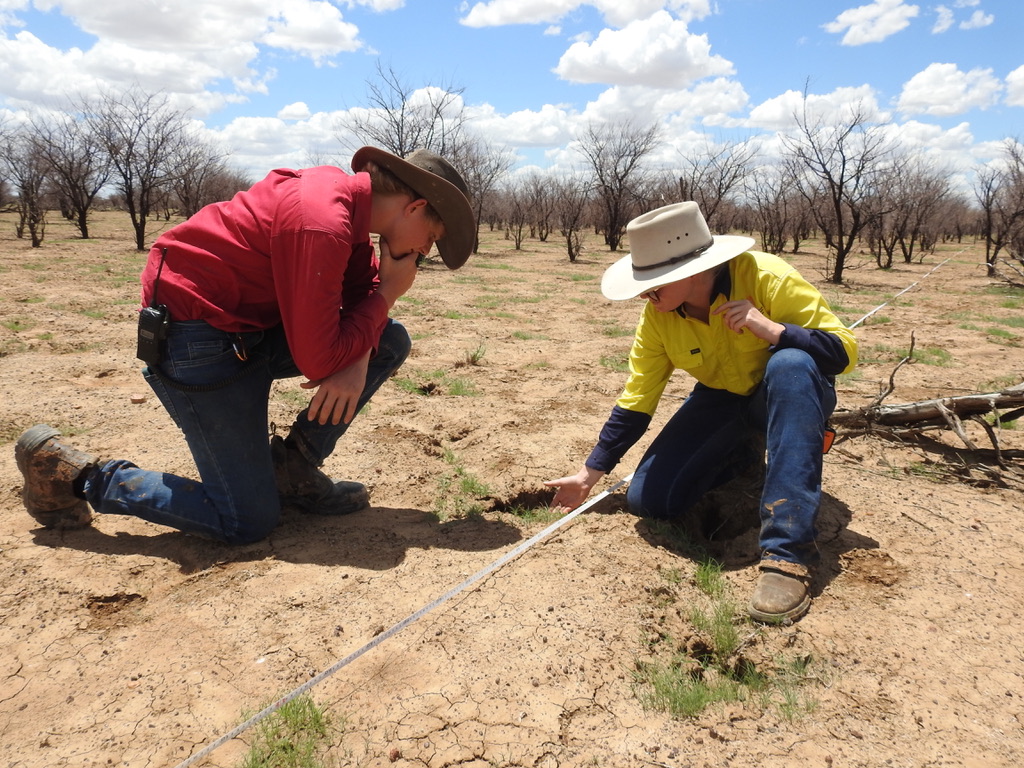KEEPING UP WITH THE CAMELIDS
In August 2022, we fitted our camel herd with GPS ear tags to track their movements within a paddock of prickles.
This is a transfer of knowledge from our on-farm technology program and ground-based monitoring, giving you a look at this technology in action.
The animation represents the first 41 days of movements, compiled from GPS signals that come in every 4hrs. In time, we’ll be able to create a ‘heat map’ of activity, which will add to our on-ground monitoring.
When all the information is combined, we will be able to better draw conclusions about the impacts of camels on weed suppression, weed seed reduction and pasture consumption.
While we expect this information to quantify the long list of observations from landholders and our own staff, the data is already showing up “curveballs” that need to be explained.
This becomes important as we develop strategies with landholders to further accelerate control of the 20 million hectares within the Desert Channels region, currently impacted by Prickly Acacia.
Knowing the camelids
You’ll see that we’ve colour-coded some of the camel dots – black, for example, is Scruffy the bull.
Scruffy has done a marvelous job of aiding population growth, and you can see he does a lot of chasing and not a lot of leading.
You’ll also notice that a couple of the dots have stopped moving – but rest-assured, our camels are alive and well.
Unfortunately, in this situation, these ear tags have come loose and fallen out. We’re currently discussing the issue with the manufacturers.
We’ll provide updates as we learn more from this data with the final report to be presented in April of next year.
UPDATE: Some early results from this trial can be found here.
This work has been funded by the DCQ Foundation, investing to grow science and knowledge in the region.

